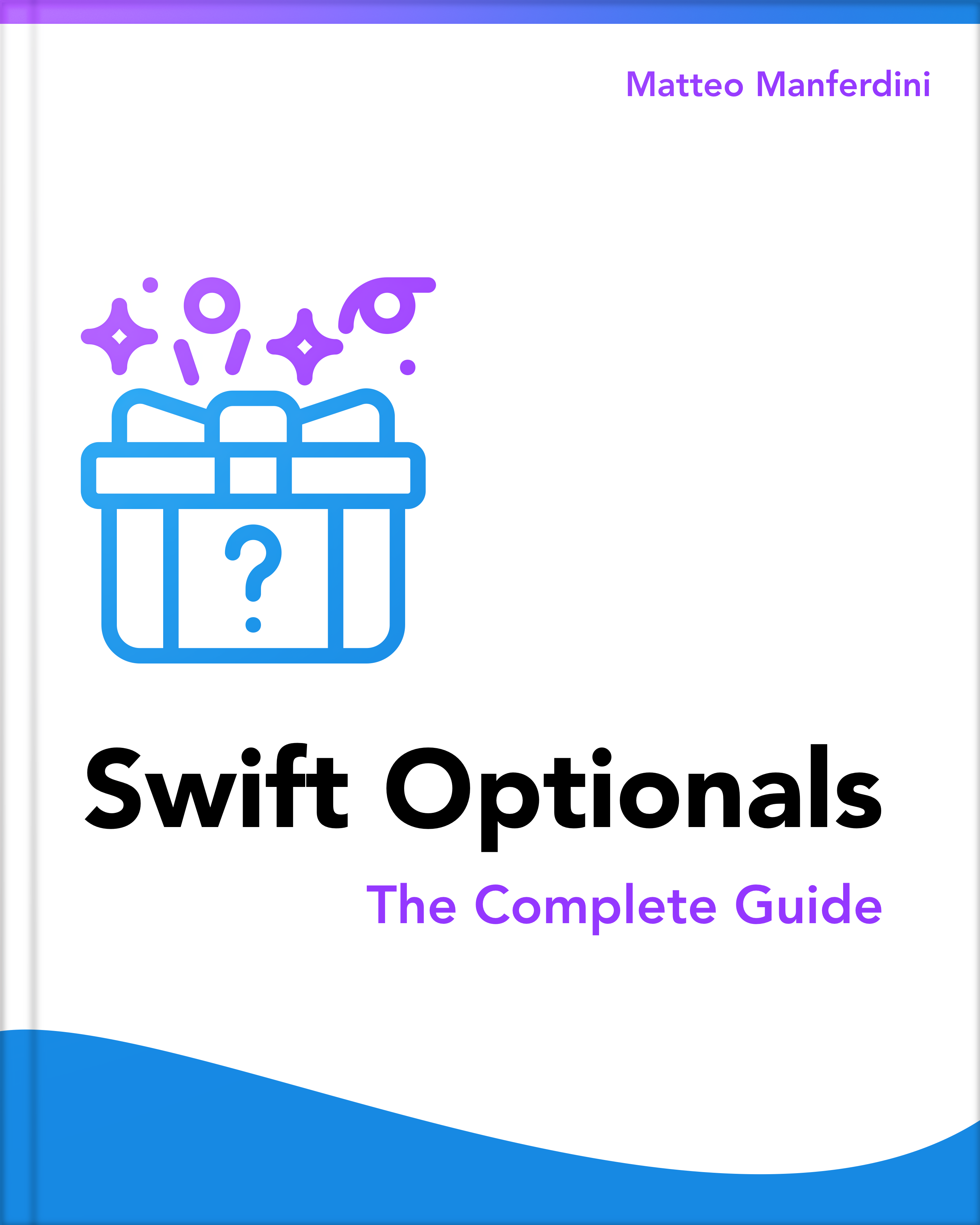Auto Layout is a complex beast to tame.
Creating adaptive apps that fit the sizes and proportions of all iOS devices is a complex problem. We can only solve it with a complex solution.
But you don’t need the full power of Auto Layout all the time.
Most apps have fairly straightforward interfaces. Most of the time, you can go a long way by only using Auto Layout’s basic features in an app’s storyboard.
That’s the Pareto Principle at play: learn the 20% of Auto Layout’s functionality that covers 80% of the cases.
From there, you can expand and include the what you miss to solve the problems you have at hand.
Matteo has been developing apps for iOS since 2008. He has been teaching iOS development best practices to hundreds of students since 2015 and he is the developer of Vulcan, a macOS app to generate SwiftUI code. Before that he was a freelance iOS developer for small and big clients, including TomTom, Squla, Siilo, and Layar. Matteo got a master’s degree in computer science and computational logic at the University of Turin. In his spare time he dances and teaches tango.


